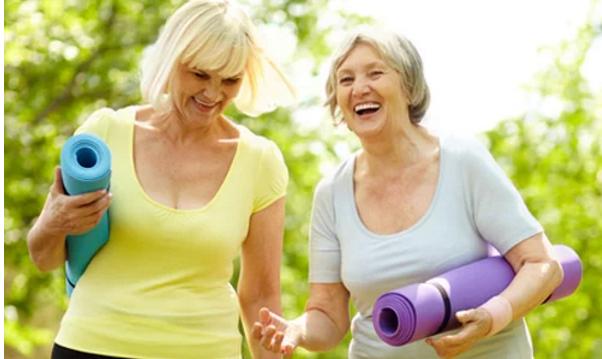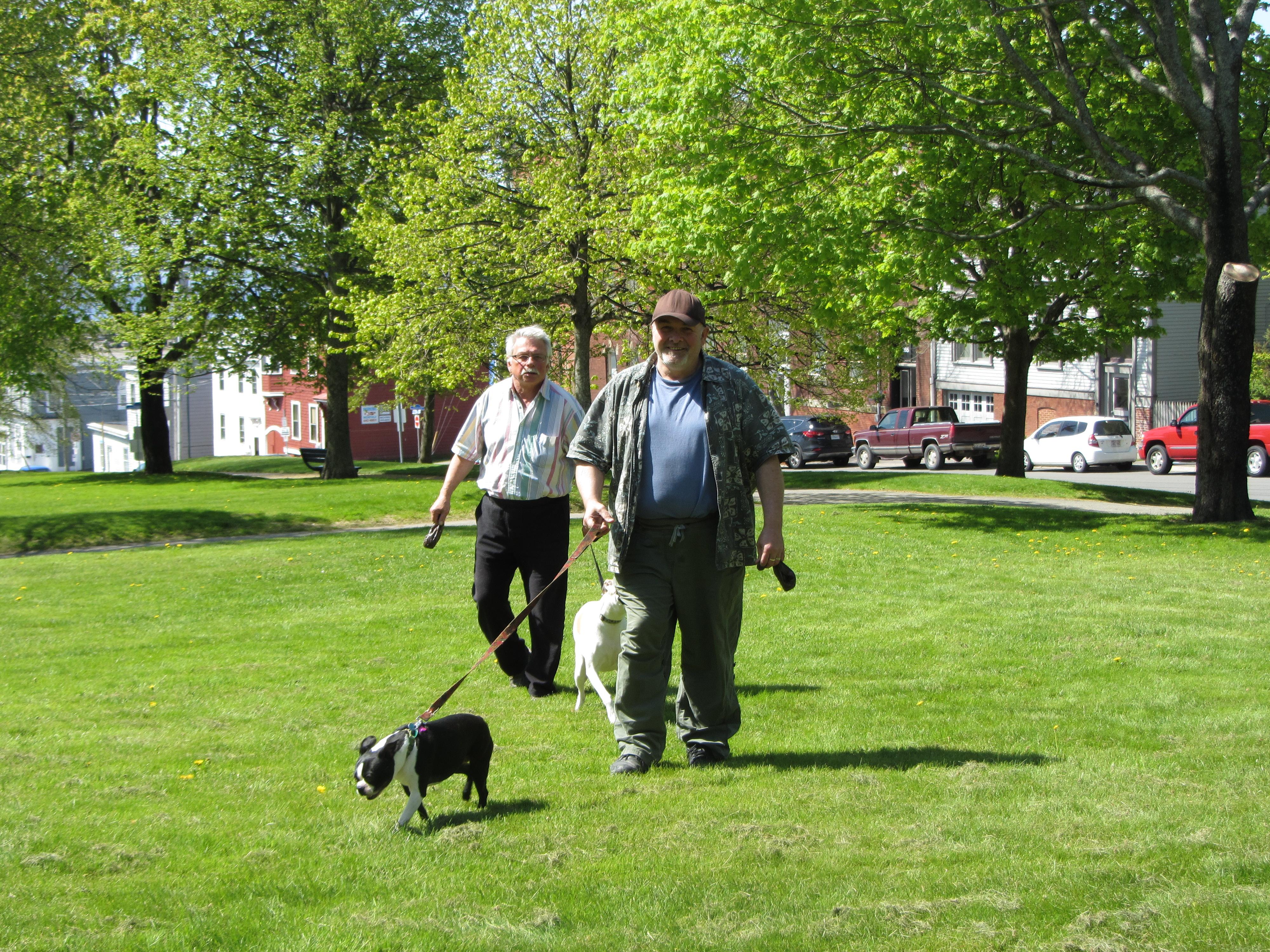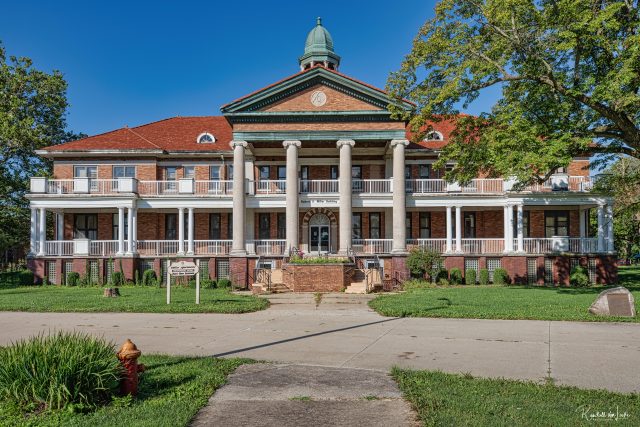As we journey through the various stages of life, maintaining our health becomes increasingly crucial, particularly in our senior years. Staying active is not just a recommendation for older adults; it is a vital component of living a fulfilling and independent life. Understanding the importance of physical activity can empower seniors to take control of their well-being, enhancing both their physical and mental health. In this article, we will explore the myriad benefits of staying active, provide practical tips tailored for seniors, and offer encouragement for overcoming common barriers. With empathy and insight, we aim to inspire and guide seniors towards a healthier, more active lifestyle, underscoring that it is never too late to embrace the power of movement.
Benefits of Regular Physical Activity on Cognitive Function in Seniors
Engaging in regular physical activity is not just beneficial for physical health; it plays a pivotal role in enhancing cognitive function among seniors. As we age, maintaining mental acuity becomes increasingly important, and exercise is a powerful tool in preserving and even improving cognitive abilities.
Key Benefits of Physical Activity for Cognitive Health:
- Improved Memory: Exercise increases blood flow to the brain, which can enhance memory and cognitive processing speed.
- Reduced Risk of Cognitive Decline: Regular physical activity has been linked to a lower risk of developing Alzheimer’s and other forms of dementia.
- Enhanced Mood and Reduced Stress: Physical activity releases endorphins, which help reduce stress and improve overall mood, leading to better cognitive function.
| Activity Type | Suggested Frequency |
|---|---|
| Walking | 30 minutes, 5 times a week |
| Strength Training | 2 times a week |
| Yoga or Tai Chi | 2-3 times a week |
Incorporating these activities into daily routines not only helps maintain physical health but also supports mental sharpness, fostering a more fulfilling and independent lifestyle for seniors. By staying active, seniors can enjoy a vibrant life filled with mental clarity and emotional well-being.

Enhancing Emotional Well-being Through Consistent Exercise Routines
For seniors, maintaining an active lifestyle is not just about physical health; it’s a gateway to enhanced emotional well-being. Engaging in regular exercise can significantly boost mood, reduce feelings of anxiety, and promote a more positive outlook on life. As the body moves, it releases endorphins, often referred to as the body’s natural mood elevators, which help combat feelings of stress and depression.
Incorporating exercise into daily routines can also foster a sense of accomplishment and purpose. Here are some simple yet effective activities that can be easily integrated into a senior’s lifestyle:
- Walking: A gentle walk in the park or around the neighborhood can be refreshing and soothing.
- Yoga: Focuses on balance and flexibility, providing both physical and mental relaxation.
- Tai Chi: Known for its meditative movements, it helps in reducing stress and improving mental clarity.
- Swimming: Offers a full-body workout that’s easy on the joints, perfect for seniors with arthritis.
Consistency is key, and the benefits of a regular exercise routine can be profound. Consider the following comparison of emotional benefits based on activity levels:
| Activity Level | Emotional Benefits |
|---|---|
| Low | Minimal stress relief, reduced mood enhancement |
| Moderate | Improved mood, increased energy levels |
| High | Significant reduction in anxiety, enhanced mental clarity |

Tailoring Exercise Programs to Meet the Unique Needs of Older Adults
Designing exercise programs for older adults requires a sensitive and informed approach, focusing on the unique physiological changes and lifestyle needs they experience. Understanding these differences is crucial to creating effective and safe routines. Flexibility, balance, and strength training should be emphasized, as they are key areas where seniors often need the most support.
- Flexibility: Incorporate gentle stretching exercises to maintain and improve range of motion.
- Balance: Activities like tai chi or simple standing exercises can help prevent falls.
- Strength: Light resistance training, using bands or light weights, can maintain muscle mass and bone density.
Moreover, each exercise program should be personalized, taking into account individual health conditions and limitations. Consider using the following table as a guideline to tailor activities:
| Health Condition | Recommended Exercise | Frequency |
|---|---|---|
| Arthritis | Water aerobics, yoga | 3-4 times/week |
| Osteoporosis | Weight-bearing exercises | 2-3 times/week |
| Heart Disease | Walking, cycling | Daily, as tolerated |
Ultimately, a well-tailored exercise program not only addresses the physical aspects but also enhances mental well-being, providing seniors with a sense of accomplishment and independence.

Practical Tips for Safely Incorporating More Movement into Daily Life
- Start Small: Incorporate short, manageable activities into your routine. Even a 5-minute walk around your home or garden can make a difference. Gradually increase the duration and intensity as you feel more comfortable.
- Use Everyday Activities: Turn daily chores into opportunities for movement. For instance, while watching TV, try standing up during commercials or doing simple stretches.
- Prioritize Safety: Ensure your environment is safe for movement. Remove tripping hazards, wear supportive footwear, and use assistive devices if needed.
Consider integrating movement into social activities to make it more enjoyable. Joining a local walking group or attending community exercise classes not only keeps you active but also provides social interaction, which is beneficial for mental health. Check out your community center’s schedule or explore virtual options if you prefer staying at home.
| Activity | Duration | Frequency |
|---|---|---|
| Light Stretching | 5-10 minutes | Daily |
| Walking | 10-20 minutes | 3-5 times a week |
| Chair Exercises | 15 minutes | 2-3 times a week |
Remember to listen to your body and rest when needed. It’s perfectly fine to take breaks and resume when you’re ready. Staying active should be a positive experience, enhancing your quality of life, not a source of stress or discomfort. Celebrate your progress, no matter how small, and enjoy the journey to a healthier, more active lifestyle.








































